Making the Move: Going Full-Time
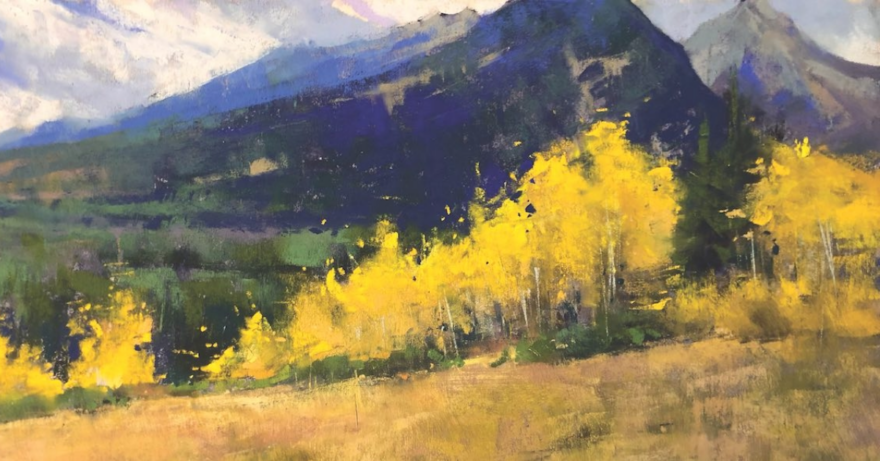
Think you’re ready to go full-time with your art? Ask yourself four illuminating questions first.
Major life transitions are never easy, but they’re often necessary for growth. After nearly two decades of higher education and practice as a naturopathic doctor—squeezing art into my free time as best I could—I finally committed to making art my primary profession last November. Granted, I didn’t retire entirely from medicine; I still see patients two half-days per week. Still, after months of planning, and after hiring an associate doctor to manage most of my patient roster, I was finally able to make the shift to full-time artist.
This article originally appeared in Pastel Journal. Subscribe now so you don’t miss any great art instruction, inspiration, and articles like this one.
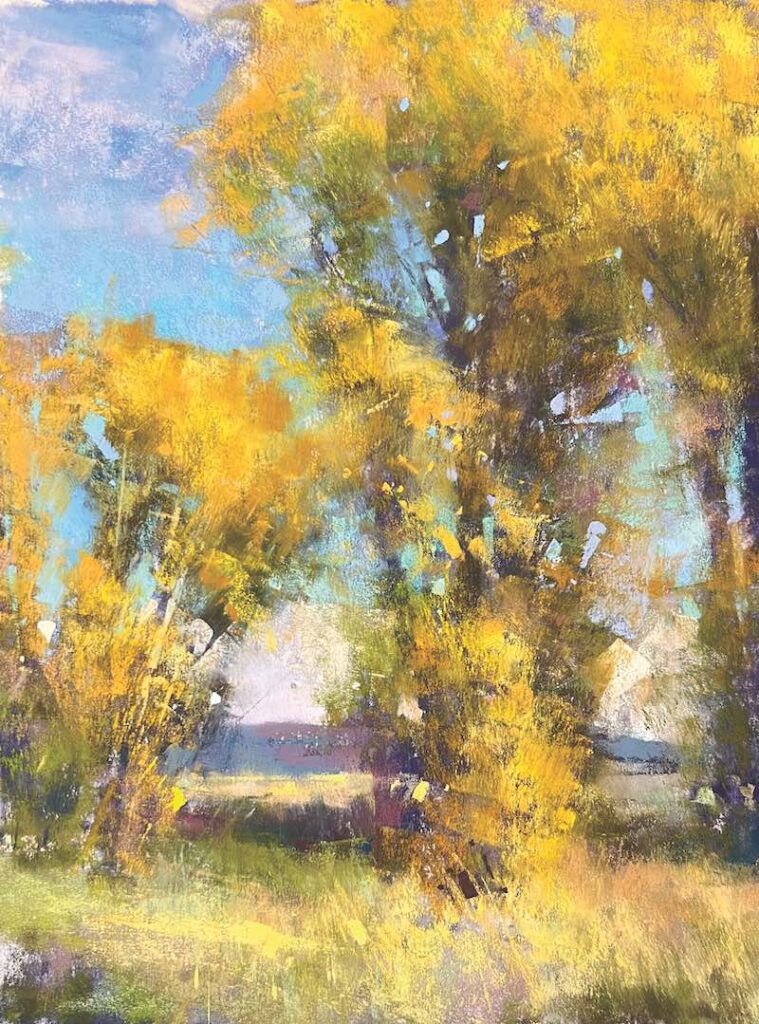
Something’s Gotta Give
To be clear, the idea to change careers wasn’t hatched and enacted during those few months last fall. I’d been working toward this scenario even before I graduated from naturopathic medical school in 2014! Admittedly, it may sound silly that I was planning a transition away from a career before even starting said career; however, I was determined to practice medicine and put those four years of education to use in helping people with chronic illnesses regain their health.
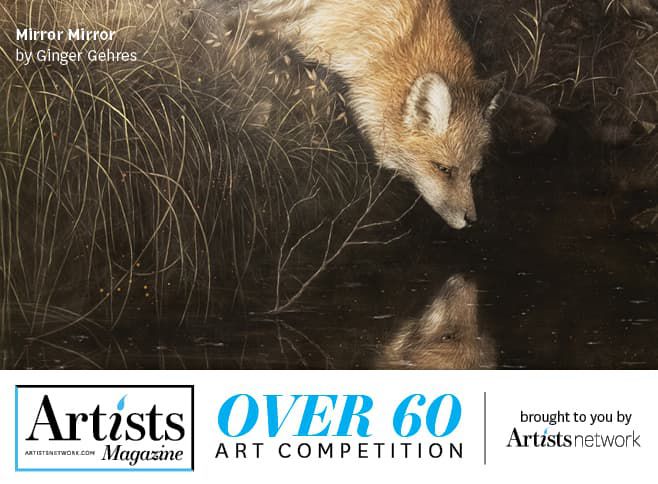
During the decade of practicing medicine full-time, my dedication and devotion to art ebbed and flowed. Occasionally, I found opportunities to focus on painting, as during a two-week residency with The Brinton Museum, in Big Horn, Wyo., in the fall of 2018, for example.
At other times, specifically during the first year of the pandemic, I didn’t even have time to pick up a pastel. After my wife, Laura, and I had our daughter in April 2020, we moved our family from Maine to Massachusetts, and I opened a second medical practice. Needless to say, something had to give and, unfortunately, it was my art. I wasn’t happy about the decision, but I didn’t see another way forward.
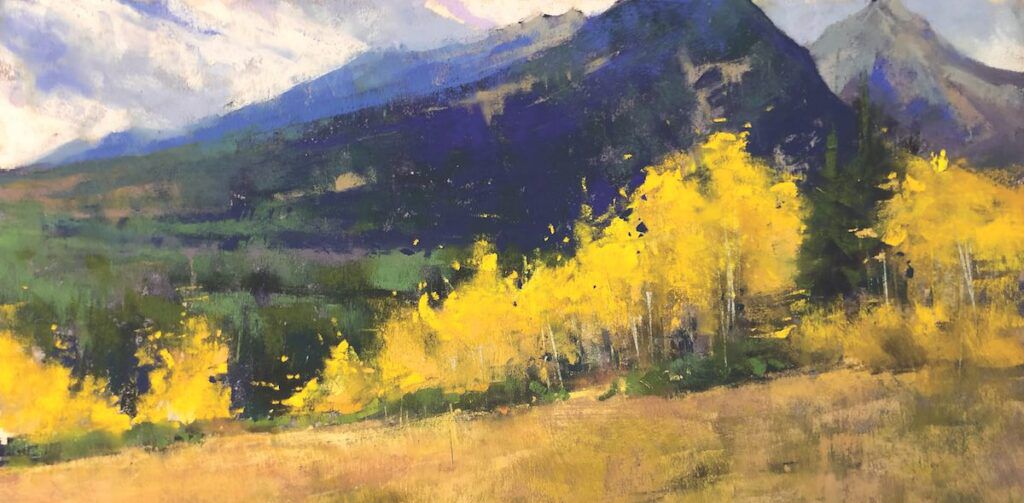
The Artistic Fire
As the world began to open again in late 2021 into 2022, I saw parallels in my artistic life. I restarted my Patreon page; I was invited to teach in-person workshops again; and galleries were asking for paintings. The artistic fire that was buried under a pile of responsibilities began to burn brighter.
By mid-2022, I was hitting a breaking point in my medical practice. I was managing very ill pediatric patients, and I wasn’t able to shield myself from the stress and pain of doing so.

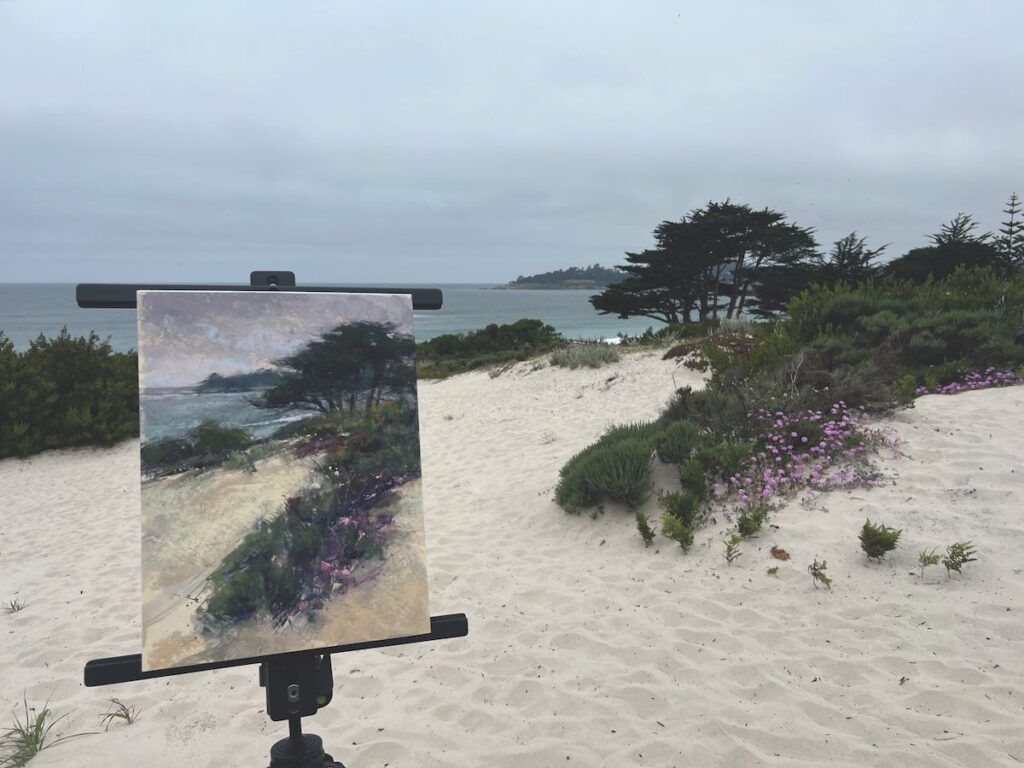
Since becoming a full-time artist, I’ve had more time to devote to plein air painting and painting events. I was pleased to receive the Second Place award at Carmel Plein Air, in Carmel, Calif., in May. I now have time to teach international workshops.
At that time, most certainly prompted by the challenges of practicing medicine, I read several career-oriented books. One, in particular—The Quitter’s Manifesto by Tim Rhode and Pat Hiban (BiggerPockets, 2022)—struck a chord. It was the right book at the right time: an easy read focused on liberating oneself from a 9-to-5 job in pursuit of personal fulfillment.
Something had clicked internally, and there was no turning back. The longer I waited to shift to art as a full-time pursuit, the more discontent I felt. The pain of staying put was too much to bear. So, just a few months after making the decision to take the leap to full-time artist, I worked my final week as a full-time doctor.
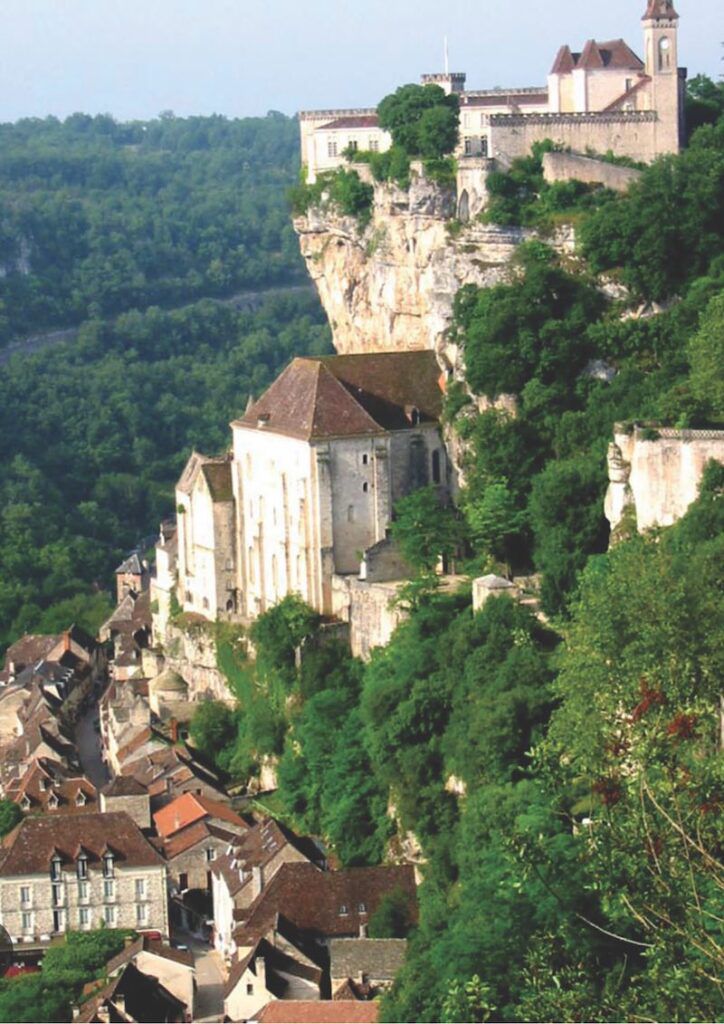
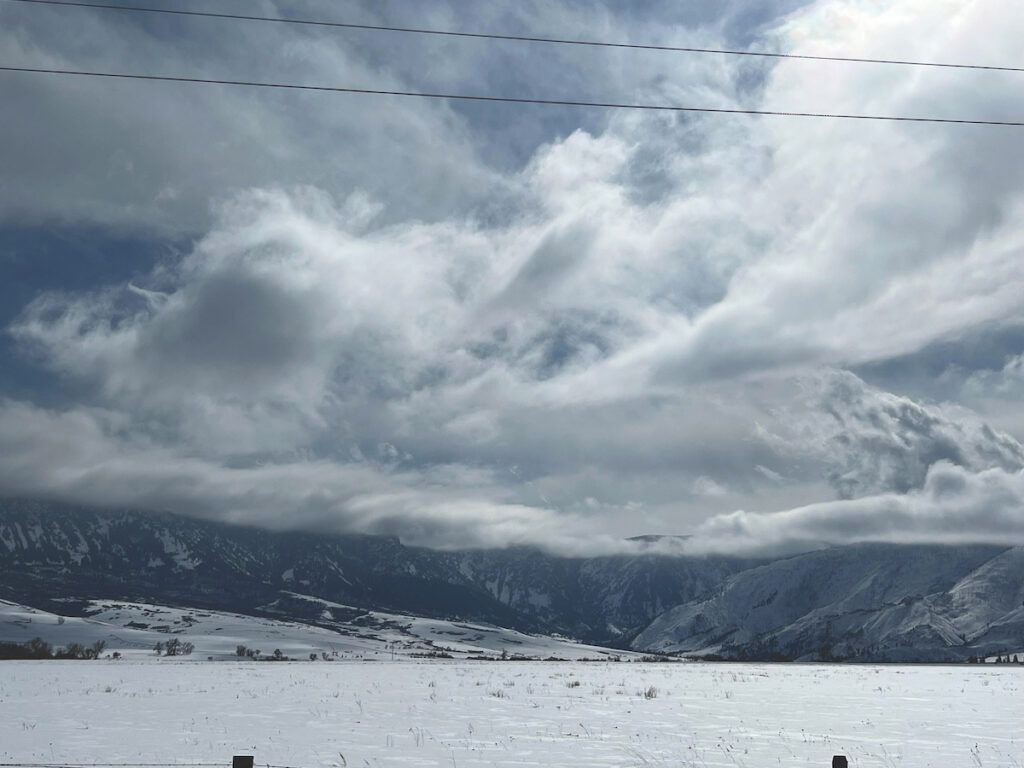
I now have time to teach international workshops. This photo is of the area in France where I’m teaching a workshop this fall. This photo is of an area in Big Horn, Wyo., one of my favorite places to paint and to explore vistas beyond the New England landscapes where I live.
A Quartet of Questions
Through the work I do on Patreon, I’ve closely mentored a number of artists, and most are content to pursue art as a passion and hobby. Some, however, are interested in making art a full-time pursuit. The timing of when to make the shift is personal, but here are four questions to ask yourself if you’re considering the move.
1
Am I in a financial position to make the transition? It’s critical to amass evidence that it’s financially viable to make the career shift. How much income are you forgoing by leaving your current job? How much income do you need to earn from your art for it to be a sustainable career?
I was fortunate to have had the stability of teaching on Patreon, as well as in-person and virtual workshops. The combination of teaching income and painting sales, when averaged out, convinced me of the viability of being a full-time artist.
2
Do I have the support of those around me? With emotional support from others—whether it be your significant other, parents, children or friends—it’s easier to accept that you’ve made the right decision. And, genuine support from the important people in your life should help to circumvent any resentment down the road, especially if you hit a rough patch.
My wife and I had countless conversations leading up to my decision to change careers, so when the time came, she was in full support. Her encouragement has given me the confidence to continue on this path.
3
How strong is the pull to be a full-time artist? Not everyone has to reach the breaking point like I did, but the desire to make the career change should be undeniable. I’d been working toward it for roughly a decade and, as the restlessness and discontent increased, the choice became easy. If you’re not completely certain it’s the right choice, it may, in fact, not be the right choice.
4
Do I have a clear sense of direction? I’m a big proponent of goal-setting, which provides a structure and direction for my artistic pursuits. Rarely, if ever, are my goals financial, but I find that if I reach them, the financial aspect usually takes care of itself.
“Something had clicked internally, and there was no turning back. The longer I waited to shift to art as a full-time pursuit, the more discontent I felt.”
Jacob Aguiar
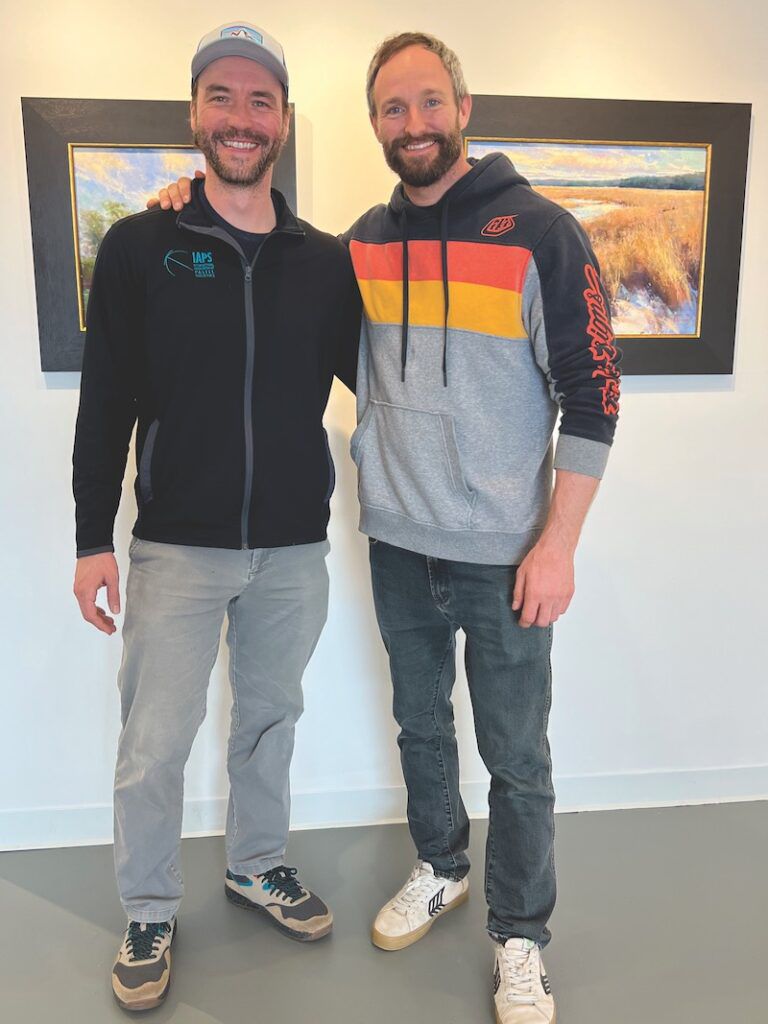
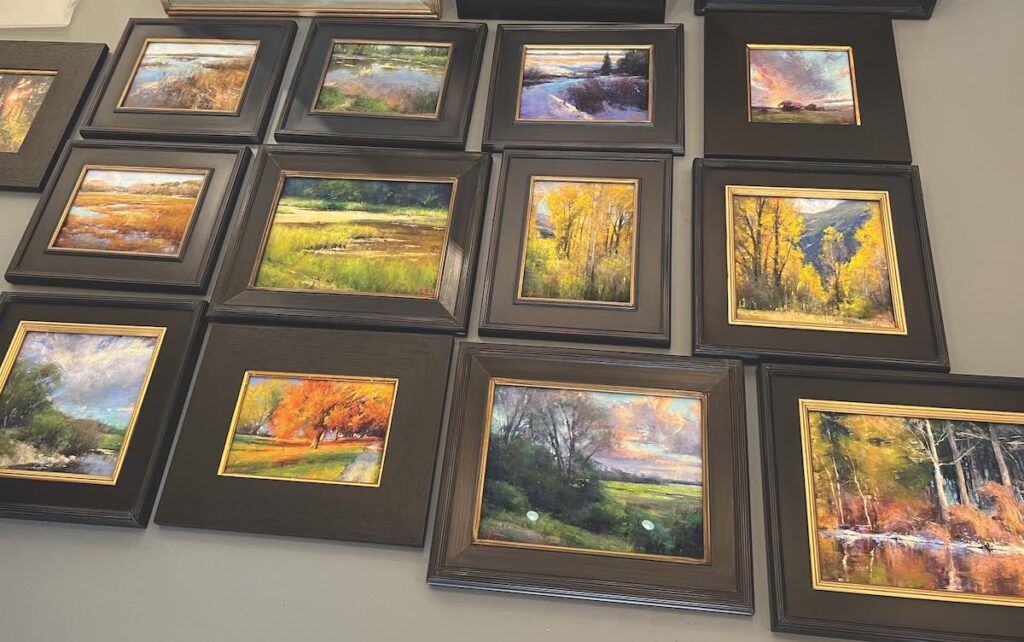
Pursuing art full-time has afforded me time to develop stronger professional relationships and friendships with fellow artists, such as Myles Johnston (right), current president of the Pastel Society of Eastern Canada. I now have more time for creative discovery in my work, like exploring different themes. I also have the time to frame my work for galleries, including a gallery I recently opened in New Hampshire.
In addition, figuring out how to structure your time after stepping away from an established job routine can be a challenge. My weekly schedule has undergone several iterations; each time, I’ve been able to refine the structure to one that works better for me.
I’m now eight months into working as a full-time artist. It’s been one of the best decisions of my life, but that doesn’t mean it has been easy. Predictability has been replaced by uncertainty. Still, nothing can replace the feeling that I’m pursuing what I was put on this earth to do. I’ve always said that I want to bring beauty into the world, and now I can do that as my full-time pursuit.
Meet the Artist
Jacob Aguiar, of Boxford, Mass., is an internationally recognized pastel artist who paints both New England and Western landscapes. He has won many awards and has exhibited in galleries throughout the U.S., including The Brinton Museum in Big Horn, Wyo., where his work will be exhibited in a two-person show in 2024. Aguiar is a Signature Member of the Pastel Society of America and a Master Circle artist in the International Association of Pastel Societies. He’s currently represented by Turner Fine Art, in Jackson Hole, Wyo.; Bryan Memorial Gallery, in Jeffersonville, Vt.; and Powers Gallery, in Acton, Mass. He recently opened Aguiar Fine Art, in Portsmouth, N.H. He hosts an active Patreon educational program and teaches plein air and studio workshops throughout the U.S. and internationally.
Enjoying this article? Sign up for our newsletter!
From our Shop
-
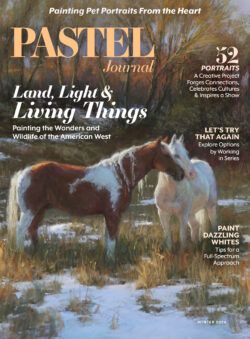 Pastel Journal Winter 2024 Digital Edition
Pastel Journal Winter 2024 Digital Edition$9.99$6.99 -
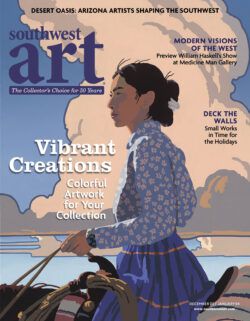 Southwest Art December 2023/January 2024 Print Edition
Southwest Art December 2023/January 2024 Print Edition$13.99$9.79 -
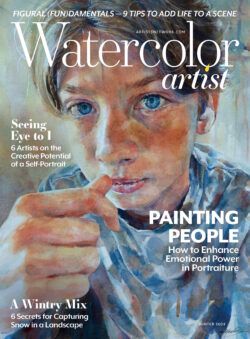 Watercolor Artist Winter 2024 Print Edition
Watercolor Artist Winter 2024 Print Edition$13.99$9.79

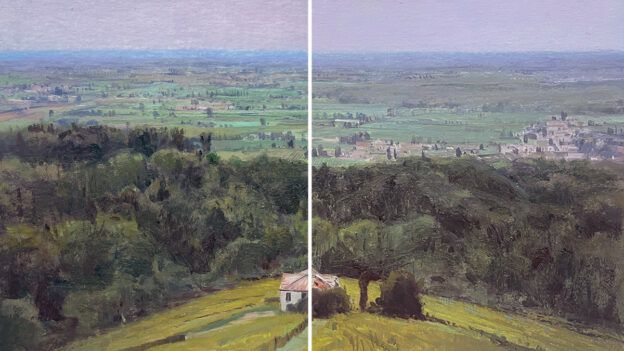
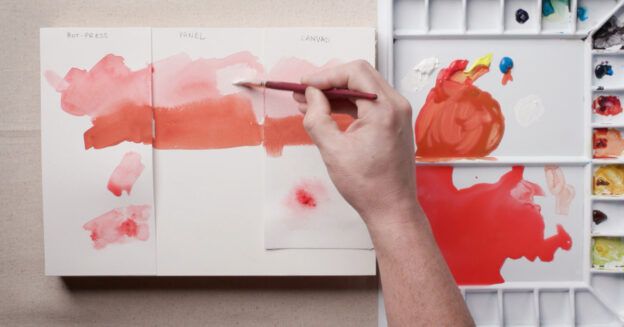


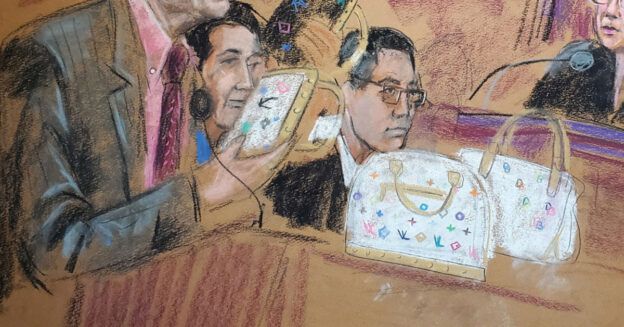
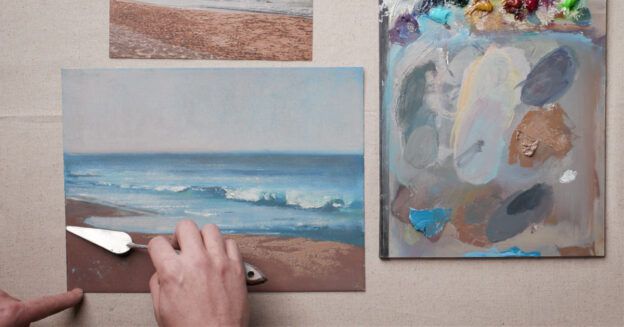
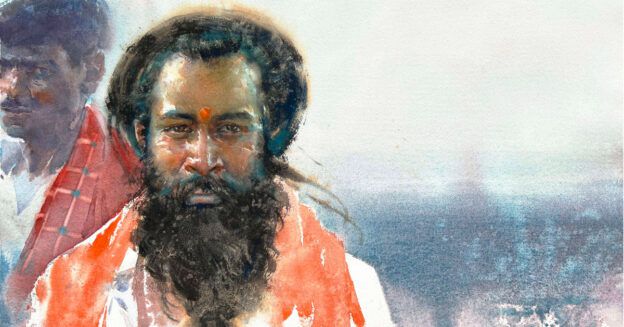
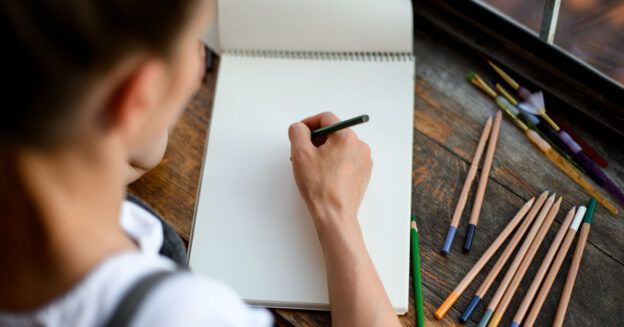
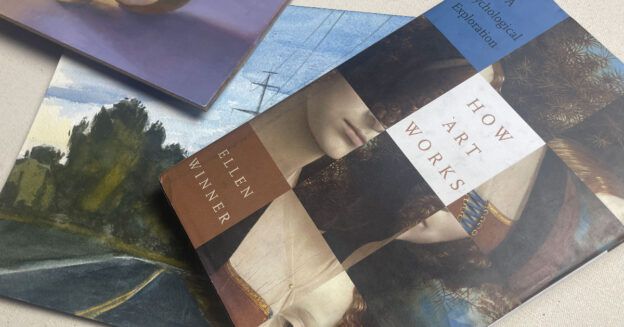

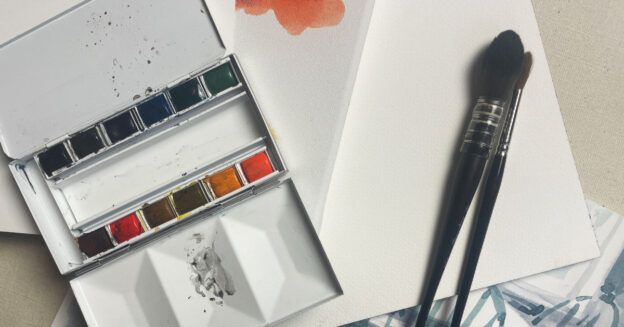

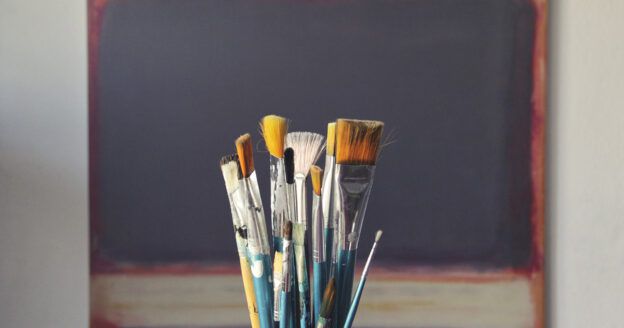
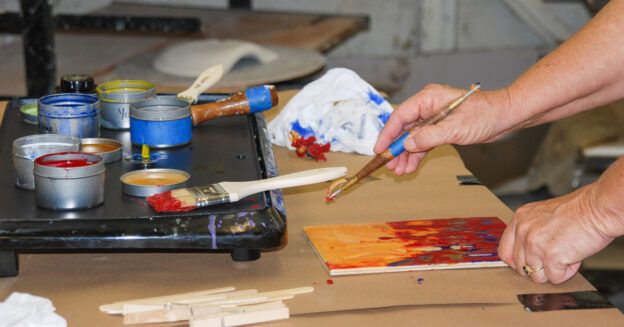


Join the Conversation!